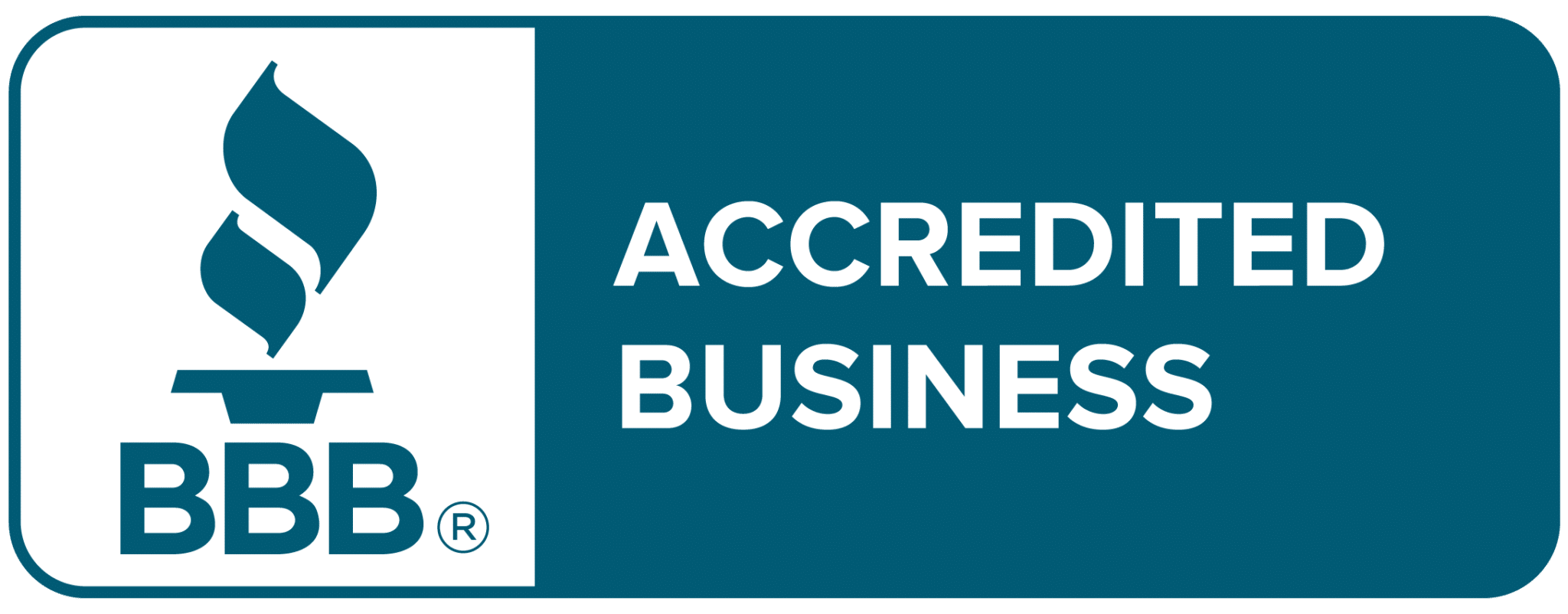Mainstream is Spokane’s #1 plumbing, electrical, heating, and air conditioning home repair specialists.
Call today to schedule your service!
Services
Company
More Info
License Numbers
-
WA General Contractor
WA CC MAINSEL782UQ -
WA Master Plumbing
WA PC MAINSEL783C8 -
WA Electrical
WA EC MAINSEL782DQ -
ID Division of Occupational & Professional
RCE-50061 -
ID Septic Installer
15-107184 -
ID Plumbing
0661089 -
ID Electrical
ELE-J-18552 -
ID HVAC
021329
